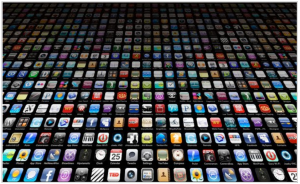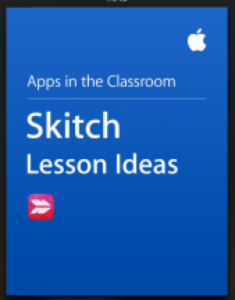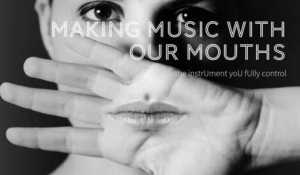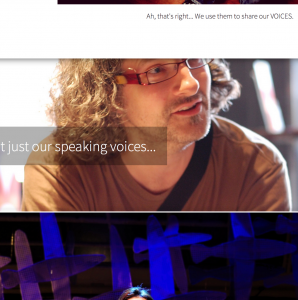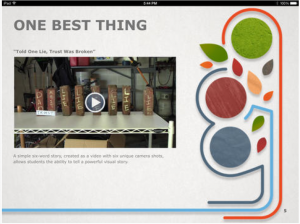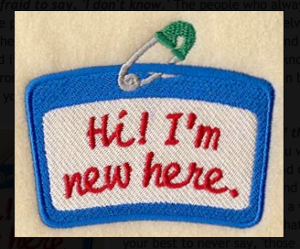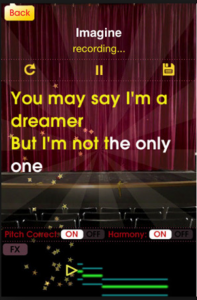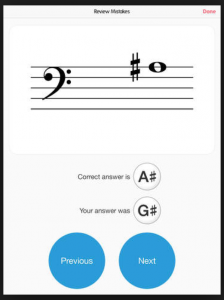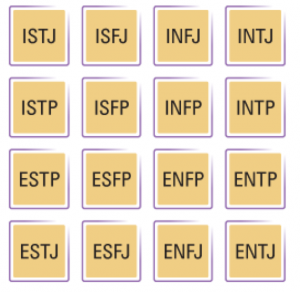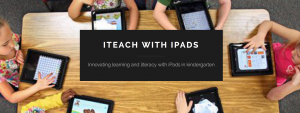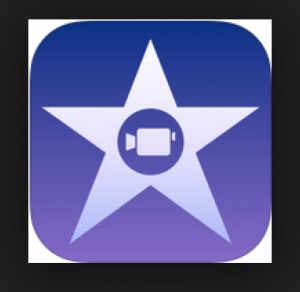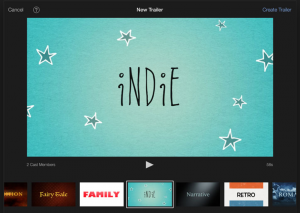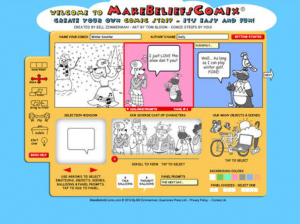Reflecting on this project, I honestly didn’t enjoy any of it. The process was completely too complicated and technical, me not being a tech. It was very difficult to make sure a step wasn’t missed because there were way too many. The topic, in my opinion, had nothing to do with teaching in the sense that my students would actually connect with a video about Kansas. I tried to execute the task well by making it about Kansas State University, but the post refuses to publish, and I have tried everything to fix it. This just so happened to be very counterproductive.
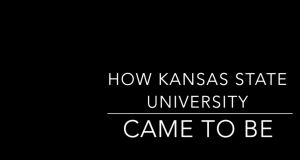
I started out taking videos and pictures on my iPad, as well as finding a few clips on youtube, to get a few ideas of KSU and what I would say about it. Then, I looked up the information on how KSU was established and wrote a script. I based the order of my pictures and videos around that script so they would line up well, using . Sadly, all of this had to be done on my laptop because my iMovie and GarageBand apps on my iPad was not cooperating.
I didn’t know how else to adjust if there is a technology malfunction. I had no idea what direction to take; honestly, I think that these kind of issues would be easier to foresee and deal with if it were a traditional class with an instructor available. Without an instructor to for sure talk to face to face with, it made me feel unstable as a student, especially on this project. It seemed to only be busy work to me, and we were heavily warned to not give our students busy work (again, I understand this is difficult to avoid during the summer, but it would just be nice to have the instructor available like that). There were also way too many apps that needed to be used for this project; it made things too complicated when trying to keep track of information and making sure I met all the requirements. Because of these errors and the excessive amount of time it took to do such a small project that does not necessarily pertain to my subject whatsoever, I didn’t see how it was necessarily beneficial to anything I would be doing with my students in my given subject (music) and classroom setting. I just don’t want to rely on technology to interact with my students, and I don’t want them to rely on it any more than they already do. Technology seems to get in the way more than it helps in human interaction. I think for my teaching style I will be fairly equipped and prepared to not need technology except for on occasion.
Anywho, after a long process of try, try again, I finally got it to upload. So here you are:
